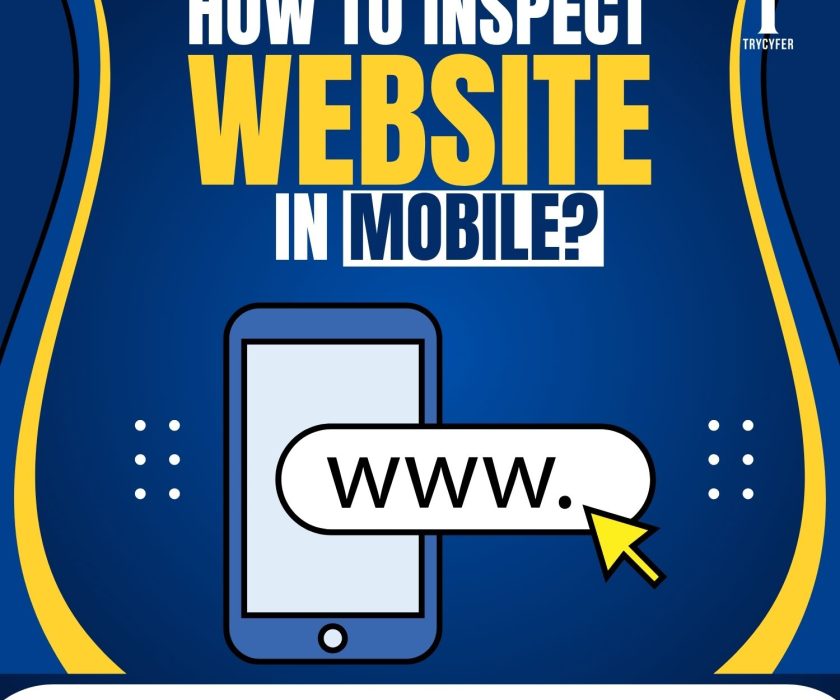How to Create Website for Business?

Creating a website for your business is essential for establishing an online presence, reaching more clients, and driving growth. This blog will guide you through the process of creating a website, from planning and design to development and launch. We’ll also explore content creation, testing, launching your website, and implementing post-launch strategies to ensure continued success.
Steps to Create a Website for Business:
1. Understanding the Purpose of Your Website
Your website’s purpose is the driving force behind its design, functionality, and content. Knowing exactly what you want your website to achieve will guide every decision you make throughout website development.Before you begin the actual process of creating your website, Ask yourself:
- What is the primary goal of your website? Is it to sell products, generate leads, provide information, or enhance your brand presence?
- Who is your target audience?
- What key actions do you want visitors to take when they visit your website?
Understanding these elements will guide every decision you make during the website creation process, ensuring that the final product aligns with your business objectives.
2. Choosing the Right Domain Name
Your domain name is the address on the internet of your website. It should be easy to remember, relevant to your business, and aligned with your brand. Here are some tips for choosing the right domain name:
- Keep it Simple and Short: A short and simple domain name is easier to remember and type.
- Use Keywords: Incorporate appropriate keywords related to your business or industry to enhance your website’s visibility in search engines.
- Avoid Numbers and Hyphens: These can confuse visitors and make your domain harder to remember.
- Choose the Right Domain Extension: Common extensions like .com, .net, and .org are popular, but industry-specific extensions like .shop .tech or country-specific extensions like .in can also be effective.
Once you’ve selected a domain name, you can register it through a domain registrar. Make sure to renew your registration annually to retain ownership of your domain.
3. Selecting a Web Hosting Provider
Choosing the right web hosting provider is essential while developing a website for your business. Your hosting provider will ensure that your website is accessible to users on the internet, and the performance of your website also depends on the hosting service you choose.
There are several types of hosting options available:
- Shared Hosting: Affordable and suitable for small businesses with low traffic. However, it can be slower because resources are shared with other websites.
- VPS Hosting: Virtual Private Server hosting offers more resources and control than shared hosting, making it a good option for growing businesses.
- Dedicated Hosting: Provides an entire server for your website, offering maximum performance and control, ideal for large businesses with high traffic.
- Cloud Hosting: Uses multiple servers to host your website, offering scalability and reliability, especially during traffic spikes.
When selecting a hosting provider, consider factors like uptime, customer support, scalability, and security features. Ensure that the hosting plan you choose aligns with your business’s current and future needs.
Related Blog: How To Create A Website Using Python
4. Designing Your Website
The design of your website plays a critical role in user experience and brand perception. A well-designed website can attract and retain customers, while an imperfectly designed site can drive them away. Remember, website design is an ongoing process. Here’s how to approach website design:
- Choose a Website Builder or CMS: Content Management Systems (CMS) like WordPress, Wix, or Shopify allow you to design your website with pre-built templates. They are user-friendly and don’t require coding knowledge.
- Focus on User Experience (UX): Your role in ensuring a seamless user experience is crucial. Ensure your website is easy to navigate, with clear menus and a logical flow. The design should be intuitive, allowing users to find what they’re looking for quickly.
- Mobile Responsiveness: Most web traffic now comes from smartphones and tablets. Your website must be optimized for these devices to keep users engaged.
- Brand Consistency: Use colours, fonts, and imagery that align with your brand identity. Consistency in design reinforces brand recognition.
- Call to Action (CTA): Strategically place CTAs on your website to guide visitors to desired actions, such as signing up for a newsletter or purchasing.
5. Developing Your Website
Once the design is ready, it’s time to develop the website. This involves turning your design into a functional site using web development technologies. Here are the critical aspects of the development process:
- Front-end development involves coding the design into HTML, CSS, and JavaScript, which is the part of the website that users interact with.
- Back-End Development: This is the website’s server side that manages data and processes. It involves using languages like PHP, Python, or Ruby to create the functionality that powers your site.
- Integrating CMS or E-Commerce Platforms: Depending on your business needs, you may need to integrate a CMS like WordPress or an e-commerce platform like Shopify to manage content and products easily.
- Database Setup: If your website needs to store data, such as customer information or product details, a database must be set up.
- API Integrations: If your website needs to interact with other software or services (like payment gateways or social media platforms), you must integrate APIs.
Throughout the development process, it’s vital to rigorously test each element to guarantee its correct and efficient operation.
6. Content Creation

Content creation is one of the most crucial factors of building a successful website. It contains everything on your website, from text and images to videos and interactive elements. The quality and relevance of your content play an important role in engaging visitors, improving SEO rankings, and converting leads into customers.
Website Copy: Write clear and compelling copy for your homepage, about us page, services or product pages, and contact page. The copy should communicate your value proposition and engage your audience.
Blog Posts: Regularly publishing blog posts can help improve your website’s SEO and position your business as an authority in your industry.
Visual Content: Use high-quality images, videos, and graphics to make your website visually appealing. Visual content can help convey your message more effectively.
SEO Optimization: Optimize your content for search engines by using relevant keywords, meta descriptions, and alt tags for images. This will help your website rank higher in search engine results pages (SERPs).
7. Testing Your Website
Once the website development and content creation are complete, it’s crucial to thoroughly test your website before launching it. Testing ensures everything functions properly, delivers an optimal user experience, and is free of technical issues that could disrupt users or negatively impact your business. Here are some areas to focus on during testing:
- Functionality Testing: Test all forms, buttons, links, and other interactive elements to ensure they work correctly.
- Compatibility Testing: Check how your website performs on different devices and browsers to ensure a consistent experience for all users.
- Performance Testing: Test your website’s loading speed and optimize it to reduce load times. A slow website can lead to higher bounce rates.
- Security Testing: Ensure your website is secure by checking for vulnerabilities and implementing security measures like SSL certificates and firewalls.
- Usability Testing: Have real users test your website to identify any usability issues and gather feedback for improvements.
8. Launching Your Website
Launching a website is a crucial step in your online journey, as it brings your business or project live on the internet for public access. After thorough development and testing, the launch of your website marks the beginning of its digital existence. Here’s how to Launch your website successfully:
- Final Checks: Double-check all content, images, links, and functionality to ensure everything is in place.
- Set Up Analytics: Install analytics tools like Google Analytics to monitor your website’s performance and gain insights into visitor behavior.
- Announce the Launch: Promote your website launch through email marketing, social media, and other channels to drive traffic.
- Monitor Post-Launch Performance: Keep a close eye on your website’s performance after launch. Address any issues that arise promptly and continue optimizing the site for better results.
9. Post-Launch Strategies
Once your website is live, it is important to make sure that your website remains functional and continues to serve its purpose effectively. A cautious post-launch plan ensures your site performs optimally, attracts traffic, and grows with your business needs. Here are the key components of a robust post-launch strategy:
- SEO and Content Updates: Continue optimizing your website for search engines by updating content regularly and targeting new keywords.
- Digital Marketing: Implement digital marketing strategies like PPC, social media marketing, and email marketing to drive traffic to your website.
- User Engagement: Engage with your visitors through blog comments, social media interactions, and email newsletters to build relationships and encourage repeat visits.
- Website Maintenance: Regularly update your website’s software, content, and security features to keep it running smoothly and securely.
- Analyze and Optimize: Use analytics to monitor your website’s performance and make data-driven decisions to improve user experience and achieve your business goals.
Conclusion
Creating a website for your business is a comprehensive process that requires careful planning, design, development, and ongoing management. Following the steps outlined in this blog, you can create a website that meets your business objectives and provides an amazing experience for your visitors.
If you want professional help creating or managing your business website, consider partnering with Trycyfer. We can help you create a well-optimized website that drives results and enhances your online presence. Whether starting from scratch or looking to revamp an existing site, Trycyfer offers customized solutions to fulfil your business requirements











